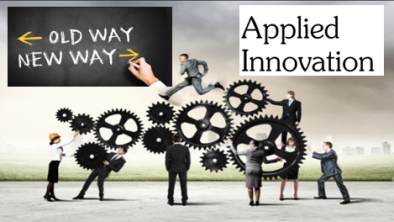 We can simply go on and on in the many ways we have evolved our problem-solving techniques or methodologies, as those help the innovation and discovery process; incremental, piecemeal and experimentally.
We can simply go on and on in the many ways we have evolved our problem-solving techniques or methodologies, as those help the innovation and discovery process; incremental, piecemeal and experimentally.
Yet we still get caught out by not resolving or addressing the essential building blocks of innovation (culture, environment, climate, governance, alignment). We have never ‘cracked’ the full innovation management system. Perhaps we can today. We should try at least.
Many of those innovation tools that have been emerging in recent years have now built up a powerful body of validation, and they become necessary to know and practice yet often miss the basic building block needs of innovation. We need to do better, we need to design a completely new innovation process that takes into account all that has evolved in our understanding and experiment in recent years. Some thoughts:
Continue reading “Needing To Think Applied Innovation Services”








 I lot of people get caught out in not knowing the differences between Mentoring and Coaching.
I lot of people get caught out in not knowing the differences between Mentoring and Coaching.